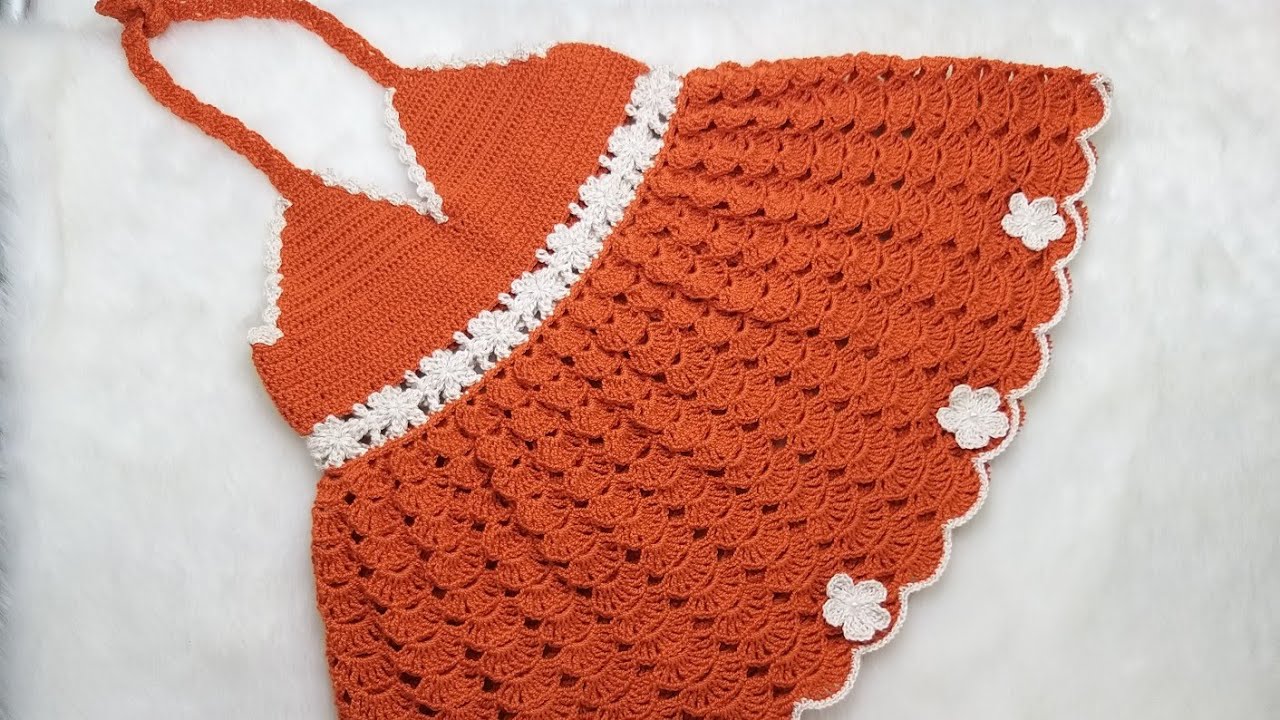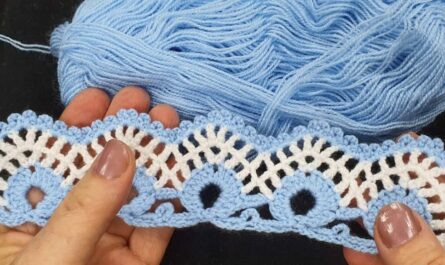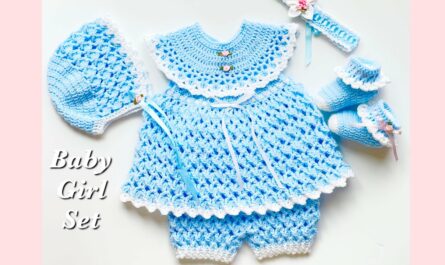The Mandarin dress, often recognized by its distinctive standing collar and elegant silhouette, is a timeless symbol of East Asian grace and sophistication. Translating this iconic garment into crochet is a captivating challenge, offering a unique opportunity to blend traditional aesthetics with the warmth and texture of handmade fabric. A Crochet Mandarin Dress is more than just a garment; it’s a statement piece, a tribute to cultural beauty, and a testament to the artistry of the crocheter.
This detailed article will explore the intricate process of crafting a Mandarin dress in crochet, covering everything from design philosophy and essential techniques to the sheer delight of bringing such a culturally rich garment to life.
The Allure of the Crochet Mandarin Dress
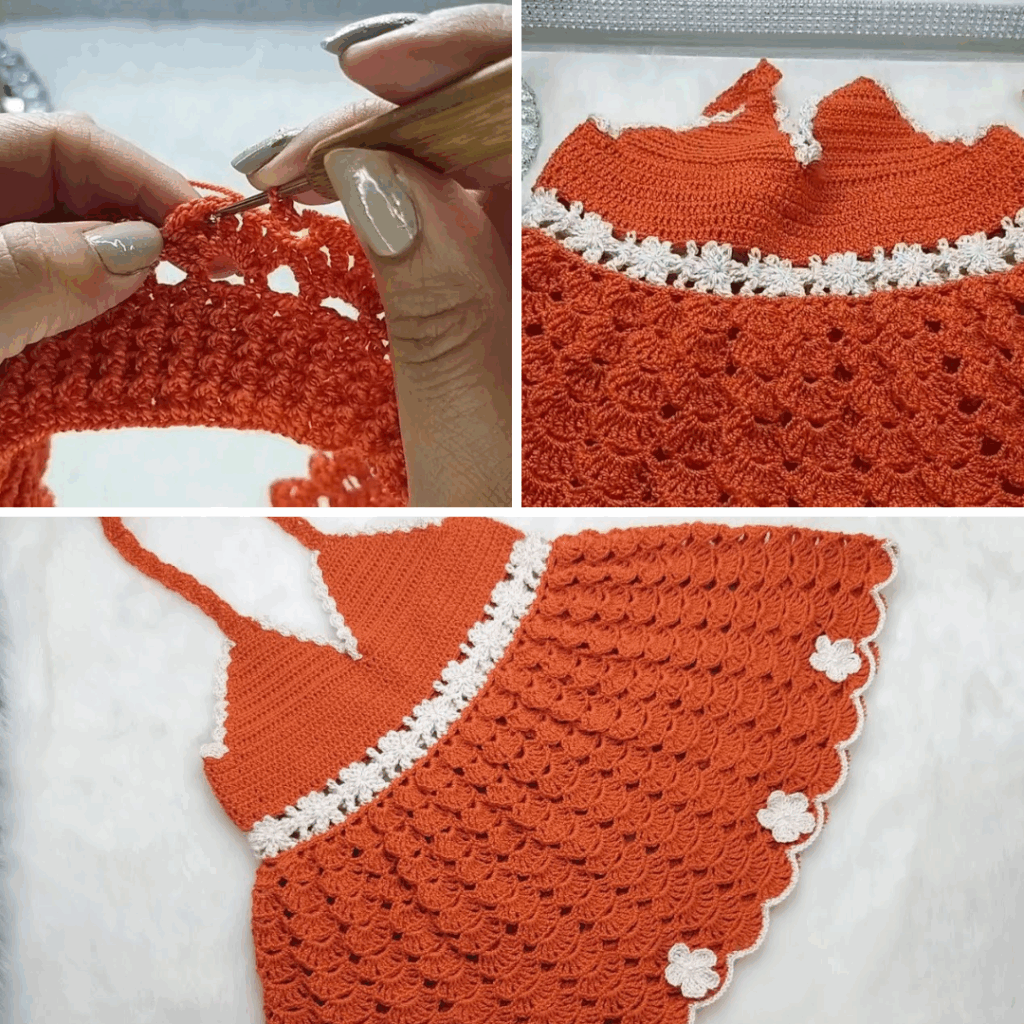
- Cultural Homage: This project allows you to respectfully adapt and celebrate the timeless beauty of traditional Chinese attire, like the Cheongsam (Qipao), through the medium of crochet.
- Unique Style: A crocheted Mandarin dress stands out. Its distinctive collar, often paired with elegant frog closures and a flattering silhouette, offers a unique alternative to conventional Western dress styles.
- Artistry of Crochet: Such a garment demands precision in shaping, stitch definition, and often intricate detailing, showcasing the advanced skills of the crocheter.
- Versatile Wear: While perfect for cultural celebrations, themed events, or special occasions, a simpler version can also serve as a striking and unique casual dress.
Key Design Elements of the Mandarin Dress (and their Crochet Translation)
Successfully crocheting a Mandarin dress lies in accurately capturing its signature elements:
- The Mandarin Collar:
- Characteristic: A short, stand-up band collar that typically overlaps slightly at the front.
- Crochet Translation: Achieved by working a dense, structured band in single crochet (SC) or half double crochet (HDC) in rows, often with slight shaping to fit the curve of the neck. For a firmer stand, some patterns might suggest incorporating a very thin, flexible wire or dense, double-layered crochet.
- Attachment: Usually worked separately and then securely sewn to the neckline of the dress.
- Frog Closures:
- Characteristic: Ornamental knotted cord fasteners, often made from silk, that replace traditional buttons or zippers. They are both functional and highly decorative.
- Crochet Translation: This is the most defining detail. Frog closures can be:
- Hand-crocheted: Using a thin yarn to create i-cords or specific knot stitches, then shaped and securely sewn onto the dress. This requires patience and skill.
- Purchased: Fabric frog closures can be bought from craft stores and sewn on.
- Placement: Typically used at the neckline and down a decorative front or side placket. For practical wear, especially in a fitted dress, hidden zippers or snaps might be used underneath the decorative frogs.
- Silhouette:
- Characteristic: Traditionally, the Cheongsam is often quite fitted, especially in the bodice, flaring slightly to an A-line skirt or remaining relatively straight.
- Crochet Translation:
- Fitted: Requires precise shaping with increases and decreases for bust darts, waist shaping, and hip curves. This demands accurate gauge and careful blocking.
- A-line/Shift: A more forgiving silhouette, where the dress flares gently from the bust or waist. Easier to achieve in crochet.
- Side Slits: While iconic, deep side slits can be challenging to execute in crochet due to the fabric’s nature. Smaller, decorative slits can be incorporated into the hem.
- Placket/Opening:
- Characteristic: Often features an asymmetrical opening at the front or side, frequently decorated with frog closures.
- Crochet Translation: The dress can be worked mostly in the round, with a decorative “placket” crocheted separately and sewn on, or a functional placket can be created by working flat in rows for that section and then joining.
- Color Palette:
- Traditional & Symbolic: Rich, jewel tones like deep reds (auspicious, happy), imperial yellow (prosperity), jade green (purity), royal blue, black, and gold are classic choices.
- Modern Interpretation: Soft pastels or contemporary neutrals can be used for a less overtly traditional, but still elegant, look.
- Motifs & Embellishments:
- Characteristic: Often adorned with intricate embroidery of dragons (power), phoenixes (grace), auspicious clouds, plum blossoms (resilience), or peonies (wealth).
- Crochet Translation:
- Tapestry Crochet/Intarsia: Incorporating motifs directly into the fabric using colorwork.
- Surface Crochet/Embroidery: Adding motifs onto the finished fabric using surface slip stitch, chain stitch, or traditional embroidery techniques with yarn or embroidery floss.
- Appliqués: Crocheting separate motifs and securely sewing them onto the dress.
- Yarn Texture & Drape:
- Characteristic: Traditional Mandarin dresses are often made from silk or brocade, known for their luster and elegant drape.
- Crochet Translation:
- Drape: Choose yarns that have good drape (e.g., cotton, bamboo, rayon, silk blends, certain soft acrylics).
- Sheen: Mercerized cottons, silk blends, or yarns with a slight metallic thread can mimic silk’s luster.
- Brocade Look: Textured stitches like bobbles, puff stitches, or dense shell stitches can evoke the raised patterns of brocade.
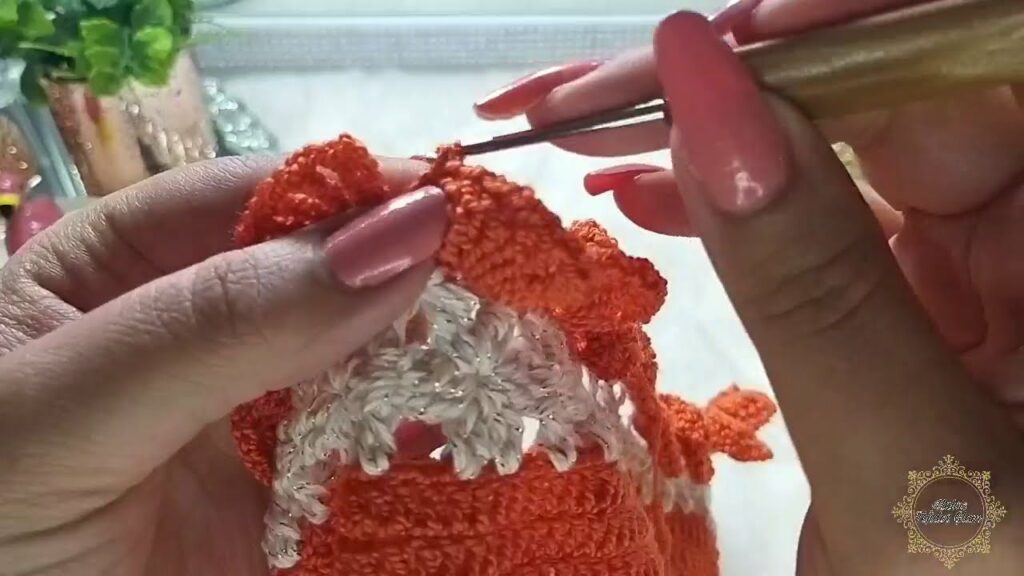
Why Embark on This Crochet Journey?
- Unique Garment: Create a truly one-of-a-kind dress that stands out.
- Skill Expansion: This project challenges you to master advanced shaping, detailed finishing, and potentially intricate colorwork or specialized closures.
- Statement Piece: A crocheted Mandarin dress is a conversation starter, perfect for special events, cultural celebrations, or even as a unique casual outfit.
- Heirloom Potential: For a child’s version, it can become a cherished family heirloom.
Materials: Your Toolkit for Cultural Couture
- Yarn: Your chosen fiber, weight, and colors. Due to the complexity and potential for large size, ensure you have ample yardage (often several skeins). Consider yarn with good drape and potential sheen.
- Crochet Hooks: The size(s) recommended by your pattern to achieve the correct gauge and fabric density for the desired drape.
- Stitch Markers: Indispensable for marking rounds, shaping points, and stitch counts.
- Tapestry Needle: Crucial for weaving in ends and, importantly, for precise seaming and securing frog closures.
- Scissors.
- Measuring Tape: Essential for detailed body measurements, gauge swatching, and checking garment dimensions.
- Blocking Mats & T-pins: Absolutely vital for shaping, setting the final dimensions, and enhancing the drape of the completed dress.
- Materials for Frog Closures: This could be cotton cording, specialty yarn, or pre-made fabric frog closures.
- Hidden Closures (Optional): Small, discreet buttons or snaps (or a zipper) for functional closure under the decorative frog closures.
- Sewing Needle & Thread: For attaching frog closures, buttons, or any sewn embellishments.
- Embroidery Floss (Optional): For adding decorative motifs.
Essential Crochet Techniques for a Mandarin Dress
This project will push your crochet skills to new levels:
- Foundation Chains/Foundation Single Crochet (FSCs): For a flexible and neat starting edge.
- Basic Stitches: Chain (ch), Slip Stitch (sl st), Single Crochet (sc), Half Double Crochet (hdc), Double Crochet (dc) – these form the main fabric.
- Working in Rounds vs. Rows: Depending on the pattern’s construction.
- Precise Shaping (Increases/Decreases):
- Bust Darts: For fitted adult dresses.
- Waist Shaping: To create an hourglass silhouette.
- Hip Curves: To accommodate the body’s natural curves.
- Armhole & Neckline Shaping: Creating smooth, flattering openings.
- Collar Construction: Techniques for creating a firm, standing band collar, possibly using short rows or dense stitches.
- Placket Creation: Working flat sections for the decorative placket, and then integrating or seaming them to the main dress.
- Frog Closure Creation & Attachment: Learning to crochet intricate knots (e.g., using i-cord techniques) and securely sewing them, or precisely attaching pre-made ones.
- Motif Techniques:
- Tapestry Crochet/Intarsia: For complex colorwork designs integrated into the fabric.
- Surface Crochet: Adding decorative stitches onto the surface of the finished fabric.
- Embroidery: Using yarn or floss to embroider traditional motifs.
- Seamless Joins: If working in the round.
- Blocking: Absolutely crucial for achieving the correct drape, evening out stitches, setting the final dimensions, and creating a professional finish.
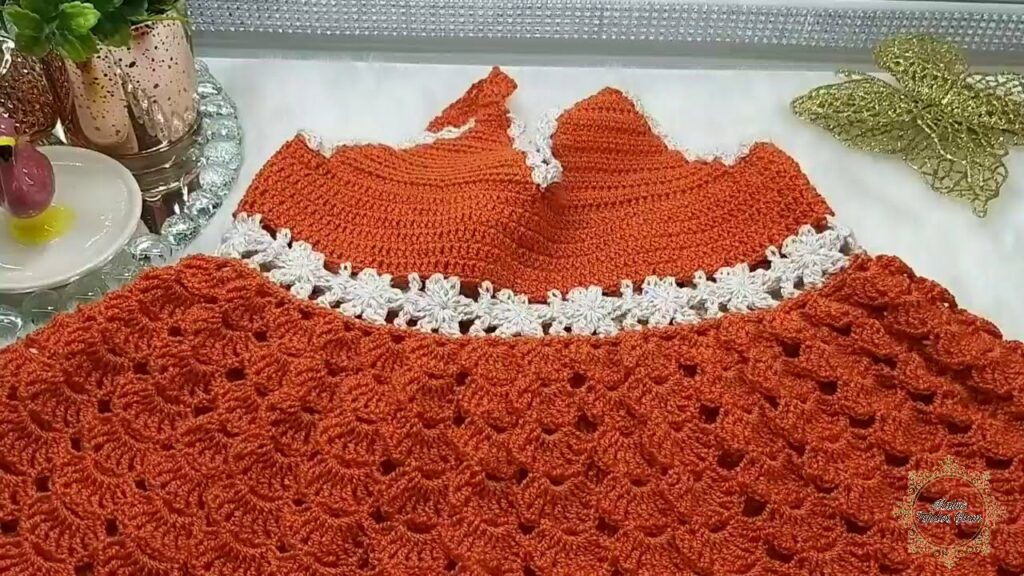
Planning Your Project: Laying the Foundation for Fit & Elegance
- Detailed Sizing & Measurements:
- For an adult dress, take precise measurements: full bust, underbust, waist, high hip, full hip, shoulder width, desired dress length (shoulder to hem), and armhole depth.
- For a child’s dress, use age-appropriate sizing charts but also measure the child’s chest, shoulder-to-shoulder, and desired length.
- Determine the amount of “ease” (extra room) needed for comfort and desired fit. A fitted Mandarin dress typically requires minimal positive ease.
- Gauge Swatch (The Golden Rule!):
- Crochet a substantial swatch (at least 6×6 inches / 15×15 cm) in your main stitch pattern and with your chosen yarn and hook.
- Crucial Step: Wash and block your swatch exactly as you plan to wash and block the finished dress. This is paramount for drape, fit, and ensuring your final garment is the correct size.
- Measure your stitches and rows per inch/cm accurately. Adjust your hook size if your gauge doesn’t match the pattern’s.
- Yarn Quantity: This is a full garment, so calculate yarn needs carefully. It’s always advisable to buy an extra skein (or two) to ensure you don’t run out mid-project, especially for specific dye lots.
- Pattern Sourcing/Creation: Given the complexity of shaping and detailing, it’s highly recommended to use a well-written pattern specifically designed for a crochet Mandarin dress. Alternatively, for experienced designers, adapting a standard fitted dress pattern and adding Mandarin elements would be an exciting challenge.
Construction Journey: Bringing Your Vision to Life (Conceptual Guide)
The construction will depend heavily on your chosen pattern (top-down, bottom-up, or seamed panels):
- Bodice: Begin constructing the bodice, working in rows or rounds, meticulously incorporating shaping (increases/decreases) for the bust, waist, and armholes.
- Skirt: Attach the skirt section to the bodice, shaping it to either flair into an A-line or remain straight. Incorporate any planned side slits here.
- Collar: Crochet the Mandarin collar separately, ensuring it has enough structure to stand.
- Placket/Opening: Integrate the decorative or functional placket into the front or side panel as you crochet, or create it as a separate overlay.
- Assembly (if seamed): Carefully seam all panels together using a method like mattress stitch for an invisible and comfortable join.
- Frog Closures: Create your crocheted frog closures (or prepare purchased ones).
- Motifs & Embellishments: Integrate any colorwork motifs during construction, or add surface crochet/embroidery after the dress is assembled.
- Finishing: Attach the collar to the neckline. Securely attach the frog closures to the placket. If using hidden closures, install those as well.
Finishing Touches: The Polish of Perfection
- Weave in All Ends: Meticulously weave in every single yarn tail. This is critical for a professional finish and to prevent unraveling.
- Edgings: Neatly finish all raw edges (armholes, hem, placket) with a fine border of slip stitch, single crochet, or a subtle ribbing.
- Blocking (The Ultimate Transformation!):
- Gently wet your finished dress (or steam it).
- Carefully lay it out flat on blocking mats, shaping it precisely to its intended dimensions. Pay extreme attention to the collar, placket, and shaping of the bodice and skirt. Pin firmly with T-pins, stretching evenly.
- Allow to dry completely (this can take significant time for a full dress). Blocking dramatically improves drape, evens out stitches, and sets the final elegant shape of your Mandarin dress.
- Securely Attaching Closures/Motifs: Double-check that all frog closures, hidden snaps/buttons, and any appliquéd motifs are sewn on with maximum security.

Tips for Mandarin Dress Success
- Gauge is King: Especially for a fitted dress, precise gauge is non-negotiable for a flattering fit.
- Prioritize Yarn for Drape: Choose yarns that allow the fabric to flow gracefully, mimicking the elegance of silk.
- Practice Closures: If you plan to hand-make frog closures, practice making them until they are uniform and neat.
- Precision in Shaping: Take your time with increases and decreases, ensuring smooth, even curves for the body.
- Embrace the Details: The Mandarin collar and frog closures are what define this dress – give them your full attention.
- Patience & Persistence: This is a complex project, but the reward is a stunning, unique garment.
Caring for Your Crocheted Masterpiece
- Follow Yarn Label Instructions: Always refer to your specific yarn’s care guidelines for washing and drying.
- Gentle Hand Wash Recommended: For delicate items, especially with intricate details or frog closures, gentle hand washing in cool water with a mild detergent is safest. Avoid harsh wringing or twisting.
- Reshape and Lay Flat to Dry: Never hang a wet crocheted dress, as this will cause stretching and distortion. Gently squeeze out excess water (rolling in a clean towel helps), reshape the dress to its original dimensions, and lay it flat on a clean towel or a mesh drying rack to air dry completely.
Crocheting a Mandarin dress is an ambitious and deeply rewarding journey. It’s a project that challenges your skills and rewards you with a garment of profound beauty, cultural resonance, and personal artistry – a true masterpiece in yarn.
Video Tutorial ;
